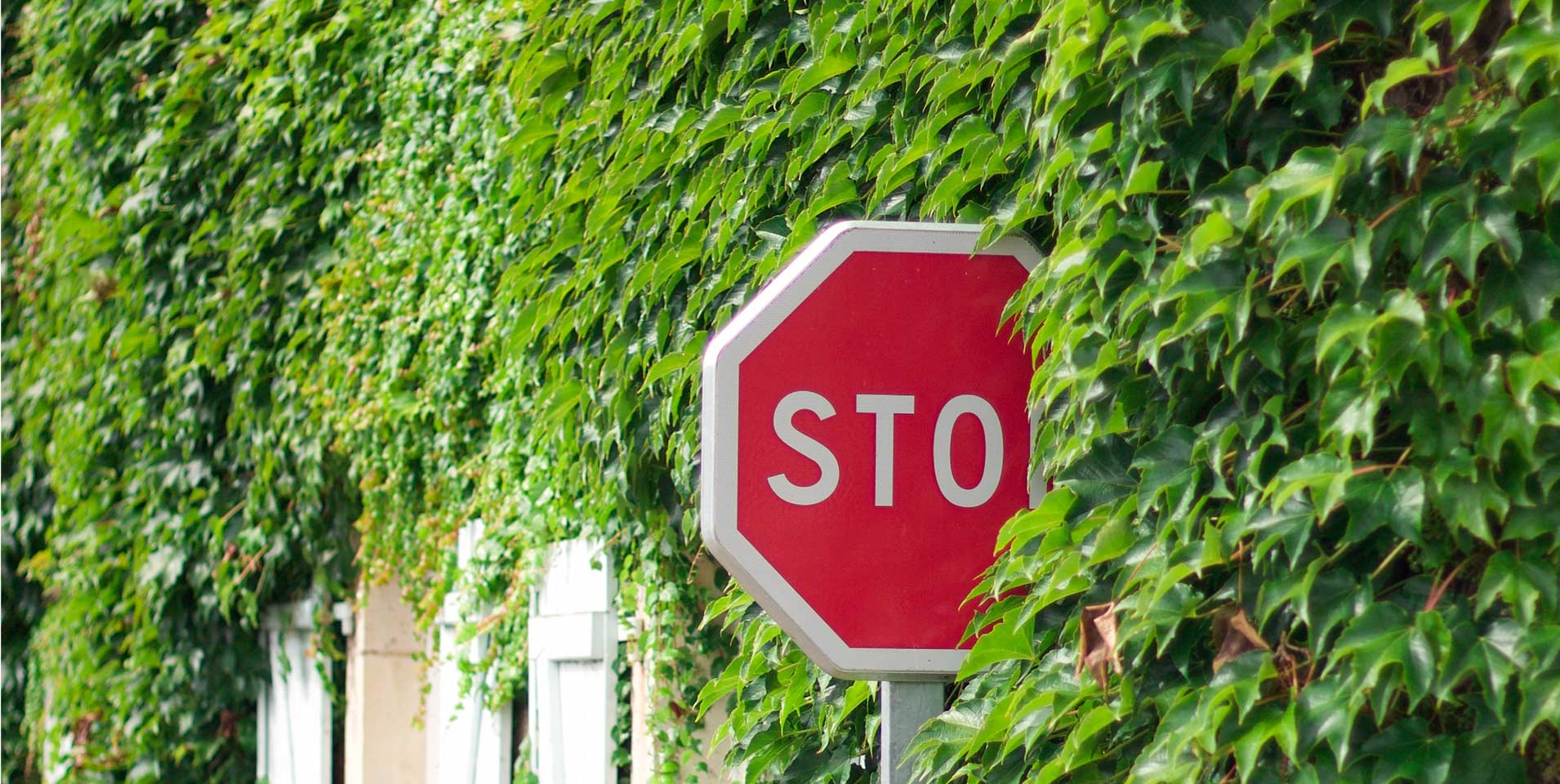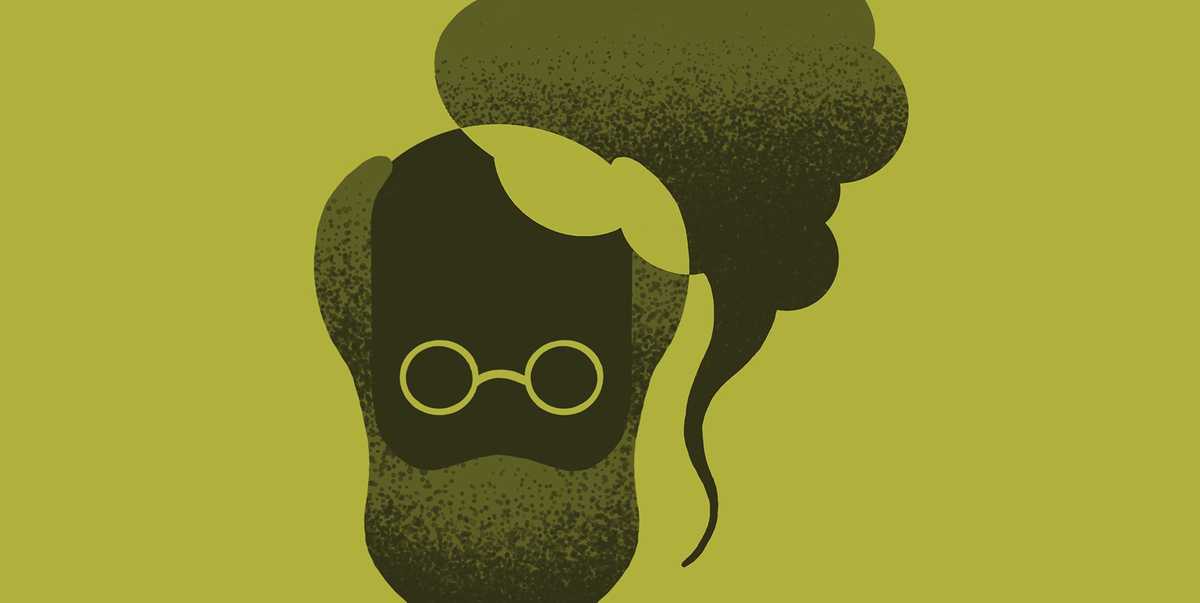
Covid-19 and Climate Change.
Covid-19 has been compared more than once to the climate crisis. And with good reason.
The global healthcare catastrophe is leading us to act together quickly for the greater good. For years, this is what supporters of the climate movement have tried to do, without as much success.
And so, we ask, are there lessons to be learned from Covid-19, that would help us better communicate the climate emergency?
Compare and contrast: Covid-19 and climate change.
It has been widely reported that Covid-19 and the climate crisis are similar in many ways. Such as? I hear you ask. Well, they both:
- Are global, requiring international cooperation and learning best-practice, at pace, from global compatriots.
- Have drastic ripple effects on our societies and our economies.
- Have impacts that are predicted to grow catastrophically (exponentially and unstoppably) once certain thresholds are reached.
- Affect vulnerable populations the most.
- Require that we make changes and compromises now, in the short-term, for gains in the future, to help us in the longer term.
- Rely on predictions and modelling from robust and credible science.
- Require systemic and lifestyle changes for success – requiring investment from all sectors of the economy and society: that is, governments, companies and individuals.
The environmental crisis and Covid-19 are also “feeding” each other. The New York Times recently reported that people who were more exposed to air pollution before the pandemic are now dying at a higher rate than those who weren’t. The Conversation also reported that habitat loss, due to climate change, is leading wildlife to migrate to new places and interact with species they haven’t encountered before. This is likely to increase the risk of new diseases emerging.
Covid and climate change: same, same, but also very different.
The many similarities between the two crises may, however, draw us away from another truth: that these are also two very different crises. These contrasts may help us better understand why humanity has been so quick to respond to Covid-19, but, heavily and frustratingly, dragging its heels on climate.
Difference #1: Timescales: here, human and now.
The dangers of Covid-19 are imminent, clear and very human. We’re seeing the impact of the crisis play out for people like us, who look and live like us, across the globe and in our own countries, every day. We see death and disease which we want to avoid for ourselves and our kin. On the contrary, the consequences of climate change, so far have been mostly very gradual. Small negative impacts, accumulating over decades. They have also been largely environmental (with fewer big, sudden, crisis-scale human consequences).
The fires in Australia this year, were some of the first truly catastrophic, visual and “human” impacts caused by climate. We saw debate shift a little, possibly, as a result. But if we wait until we have more of these climate-induced crisis wreaking obvious havoc for humanity, we may be too late to prevent their exponential increase.
Difference #2: Rewards: temporary change; “life and death” outcomes.
The Covid-19 crisis asks us to act now, so we can minimise harm and then get back to business as usual once it’s all over. Business as usual remains the end goal. On the other hand, climate change asks us to adopt a “new normal”, to fundamentally and permanently change our habits, societies and economies for the long-term. We have to give up a lot, and for a reward which is the avoidance of harm, rather than one which we are faced with at scale, now. For many the future reward of acting on climate change may feel too uncertain or too small given what we must “give up” to get there.
Difference #3: Constant coverage & immediate feedback loops
Covid-19 is all we hear about these days. It’s on TV, the web, social media, the radio. And what we hear is consistent; most channels agree on the severity of the crisis and what we should do. This creates a sense of trust that what we’re doing is right.
To further reinforce us to keep changed behaviours going, we are provided with graphs which show a visible “flattening of the curve” – a feedback loop which tells us what we are doing is working. Data shows us case numbers dropping, deaths declining, the immediate impact of our valiant good deeds. And we need only wait about two weeks to see the impacts of what we are doing today.
The climate crisis is quite different. With climate, each (very large) adjustment we make may (nonetheless) take years to avoid a negative outcome for the planet. We just can’t quickly and visibly know how much of what we are doing today will have an impact until a faraway time in the future. And ultimately, even if we do change effectively and in time, and do a really great job, we may only ever see the smallest glimpses of what the exponential catastrophe we might have faced would have been. None of this makes for great pictures, to feed the ever hungry news-cycle. Much of this may not hit the radars of those not already tuned into the climate crisis.
Difference #4: Enforcement: stick ready, when the carrots don’t work.
In Australia and elsewhere in the world, people are punished (likely fined) if they do not respect Covid-19 restrictions. We are motivated two-fold. Doing the right thing collectively for the greater good. Being punished individually if we do not. And that extends across the economy as well as to us at home.
But the level of enforcement on different sustainability issues varies greatly, and can be nil. The reality is, communications usually best drive change when combined with compelling incentives, that drive motivation up where it might be lacking. This in turn helps create the numbers that lead to new social norms, which act powerfully in concert with laws to make change stick. Just look at seatbelts.
Difference #5: Empowerment: we know what to do, and we don’t need special skills to do it.
The actions each entity (individual, corporate, government) must take in the context of Covid-19 are well defined. Without too much effort, everyone can feel empowered on what to do, and how to do it. We know where we’re going, and can see we’re having a significant impact (see feedback loops). When it comes to climate change, there is still disagreement as to what to do on a global and national level. It becomes much harder to undertake an action if we cannot easily and readily recall what it is we should do: either at the very minute a habitual, relatively minor decision is made, or when making a decision for the long-term. We need clear cognitive availability – to know the option we choose – to aid us making decision either fast, or well. That is much harder on the multitude of climate actions – big, small, varied, and complex. How do we choose? And then how do we know and trust that everyone else is doing their bit too?
Covid-19 lessons for the climate movement
From a communications standpoint, Covid-19 provides all the ingredients to motivate rapid change that climate change doesn’t. Nevertheless, comparing the two crises highlights important learnings for communicating climate change.
- Break down the sustainability issue to ask for a change that’s clear and consistent.
- Talk about the immediate and local impacts of the sustainability issue at hand (making it about you).
- Give people tools: making it as easy and as compelling as possible for a change to occur.
- Find feedback and provide it: show people their change is having an impact, both now, and through a picture of what it’s preventing in the future.
- Understanding that communications might not be successful alone; they need to move in tandem with some level of regulatory, legislative or systemic incentive – that makes the consequences of inaction felt individually, so we all gain the collective benefits.
These lessons aren’t necessarily communications breakthroughs. It is evident that Covid-19 communicators have adopted successful approaches. But they are lessons to hold on to. If we all communicated climate better, what could the change ahead be?
A better climate post Covid-19?
As we speak, we’re on track to warm the planet by more than 3 degrees Celsius, heightening the likelihood of extreme weather, sea rises, and many other things bad for the planet, and also for humanity. Australia’s environmental condition has just been rated 0.8 out of 10. The COP26, a conference indispensable to our ability to deal with climate change, has been postponed to 2021. The stories of wildlife and clear skies coming back to cities standing still herald what “could be”, but can we act so that it will be? .
A lot of people are now thinking: when we get out of isolation, what do we want the world to look like? Can this be an opportunity to build back a better, more sustainable society?
As communicators, we have a chance to be imaginative and strategic with language and our discourse to actively shape and create a brighter future. We need to communicate, using the right approaches, to transition to a brighter future.
Will people listen? We’re not sure. But if we don’t climate will become the new Covid-19 – a once in a many thousand year crisis that will take massive, sustained, global change or millions of people will suffer. That’s the stuff revolutions are made of. If we want to enjoy our quality of life ongoing, it pays to make smaller changes now, rather than huge ones later on once the suffering has started.
Because when humanity is threatened, we’ve already seen just how quickly, and how drastically, everything can change.

